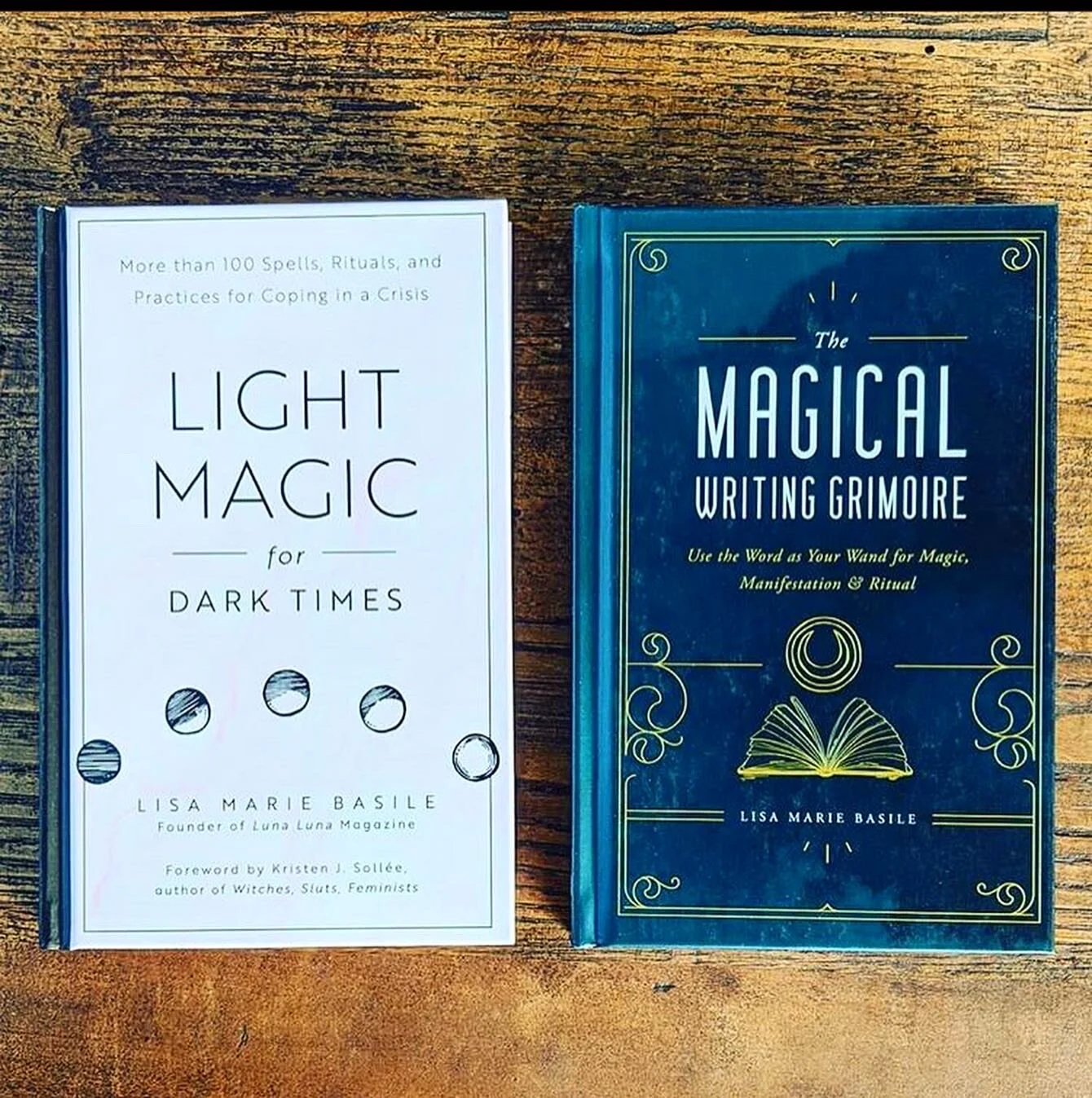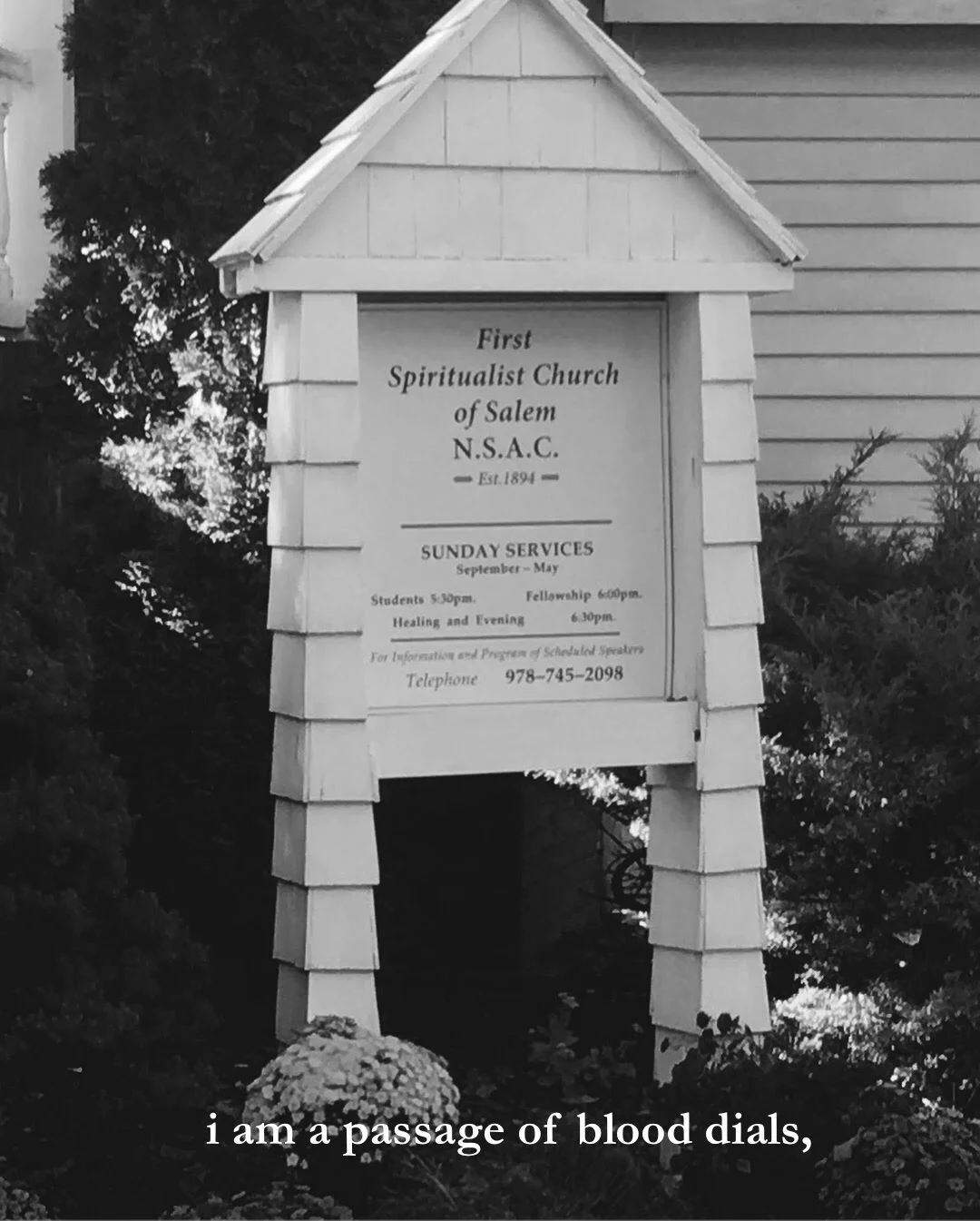Why are they so compelling?
Splendor in the Grass (1961)
BY PATRICIA GRISAFI
My adolescence was filled with images of beautiful women drowning. There was the poster of Paul Delaroche’s 1855 painting Le Jeune Martyr thumbtacked over my dresser, the original Little Mermaid story by Hans Christian Andersen on the shelf, and even Paul Lichtenstein’s cheeky pop art painting Drowning Girl, which a friend had mounted over her bathtub.
And then there was fair Ophelia, not only in Hamlet, but on the cover of a parenting guide my mother hid behind her books on cocker spaniels and biographies of first ladies. Paradoxically, Reviving Ophelia: Saving the Selves of Adolescent Girls by Mary Pipher, PhD, became my guidebook on how to have a nervous breakdown. I’d sneak into the bathroom and read about the young women who were withdrawn, self-injuring, and unmanageable and fantasize about how I could borrow from their tactics and force people to see that I was drowning, not waving.
During my Reviving Ophelia stage, I also began to watch classic film; in particular, films starring Natalie Wood that were shot in the 1960s. There was something about her wide eyes and fragility that reminded me of these drowning women; that she was infamously terrified of "dark water" and did indeed die from drowning wasn’t lost on me.
As a child, I did not typically gravitate to traditionally strong women. While there’s something exhilarating about a Margaret Thatcher or Hillary Clinton or even a Joan Crawford, I’ve always found wilting orchids more compelling--women who burn bright and burn out, undermined by their own desire for love or wholeness or whatever it is that pushes them out windows, into oncoming buses, or under water. It’s not exactly a healthy way to grow into womanhood, but femininity is multifaceted; some of us choose the sloppy, self-destructive model and discover power in the tatters.
When I first saw Natalie Wood on screen, she was blowing out the candles on a birthday cake as ingenue Alva Starr in This Property is Condemned (1966). A typically bleak Tennessee Williams Southern Gothic tale, the film adaptation follows Alva’s short life from a raunchy railroad-side boarding house to dying of a "lung affliction" after running down a New Orleans street in a rainstorm after a brutal confrontation with her mother. Even if I couldn’t understand the more salacious aspects as a child, there was something wretchedly beautiful about the way Wood’s eyes glowed in the shimmering birthday cake candles.
This Property is Condemned
I was not Alva Starr. I grew up with privilege (and shoes); my mother was not trying to pimp me to keep the family afloat. But I really felt for the character and thought of her often. I’d be preparing for the spelling bee and thinking instead of Alva plunging into a muddy swim hole to go skinny-dipping with a swath of men only to get assaulted. I’d be staring out the school bus window and thinking of Alva wrapped in a garish hot pink shawl on the train that was supposed to take her away from that small, dusty town. But mostly, I’d think of her screaming at her mother, smashing a coffee cup against the wall and then tearing off down the street with her arms awkwardly flapping like a sick, wet bird’s.
Maybe this character resonated with me because she had the guts to run away, to make a violent break. Maybe it was simply because she was valued for her beauty and charisma, and my face had contorted into crooked shapes as I grew into an unfortunate puberty. But Alva’s struggle to assert herself, despite the problematic ways she goes about it, was incredibly compelling.
In Splendor in the Grass (1961), Natalie Wood’s character Deanie loses her mind in an even more spectacular way. After being forced to break up with her boyfriend Bud and discovering he has taking up with a "loose woman," Deanie becomes a case study for a stereotypically Freudian narrative on female sexual repression.
In one of the more lurid and compelling scenes, Deanie takes a hot bath. Her mother steps into the bathroom to see how she’s doing but also to find out if her daughter has lost her virginity to Bud. As the steam in the bathtub rises around her, Deanie moans like she’s either coming or in pain, and then her voice curdles, loudly, and rises. She thrashes in the water screaming "I’m not spoiled!" at her mother, who stumbles as her naked daughter rises from the water and lurches towards her. This "return of the repressed" continues, as Deanie self-destructs in more and more glamorous ways, eventually wading into a pond decked out in a gorgeous red flapper dress and swimming towards the edge of a waterfall.
Deanie is saved, goes to therapy, and gets set to marry a nice doctor. But I didn’t care about that. I cared about the frantic way she slid into the water, the way she picked her footing as she climbed down, how the red dress looked blurring to black in the dark water. In her beauty and self-destruction, she wielded an ugly power.
I spent a bulk of my graduate school years trying to figure out why these fictional beautiful women were always losing their minds so extravagantly. Why are they so compelling?
Despite strides in healthcare and advocacy work, mental illness is still so poorly understood and carries such a stigma. There are cultural ideas about what mental illness is supposed to look like and how it can be portrayed, but often, these ideas are built on myth and misunderstanding and filtered through an individual’s consciousness. Eventually, they become part of a larger cultural portrait or create a specific character--in this case, the hysterically glamorous woman that Natalie Wood played in many films with so much rage and vulnerability.
Adrienne Rich once said, "We have had enough suicidal women poets, enough suicidal women, enough of self-destructiveness as the sole form of violence permitted to women."
While she is right, in a sense, this statement always felt reductive to me, as if being suicidal was a choice. I am well-read in feminist theory; I know logically that self-destruction doesn’t bestow power--and yet, the fantasy persists still. Thinking rationally can only take us so far; the currents that hum deep within our blood and the fantasies we form as children are far older and stronger than trying to piece together a reasonable answer to the question of why do I like seeing Natalie Wood lose her mind in a bathtub.
Patricia Grisafi, PhD, is an English instructor and freelance writer. Her work has appeared in Bitch, Bustle, The Gloss, and Rogue Agent. She is passionate about poetry, pitbull rescue, cursed objects, and designer sunglasses.
































